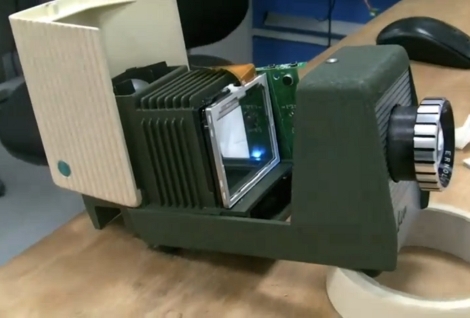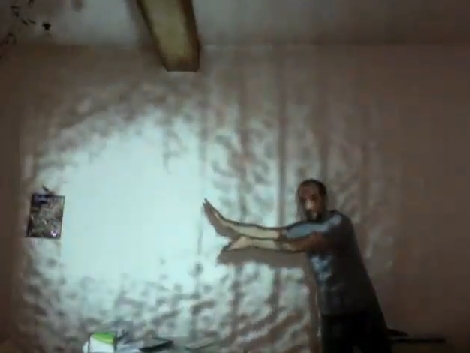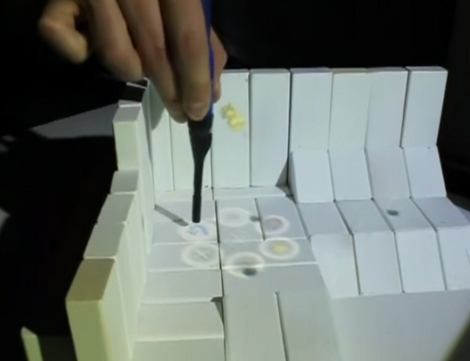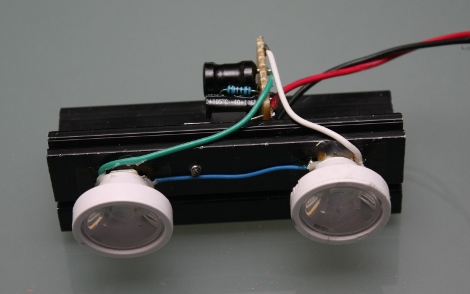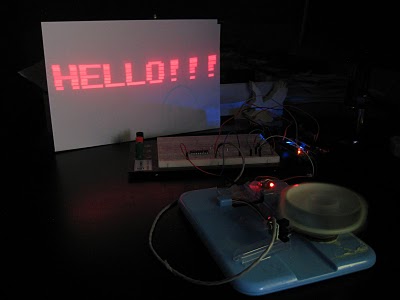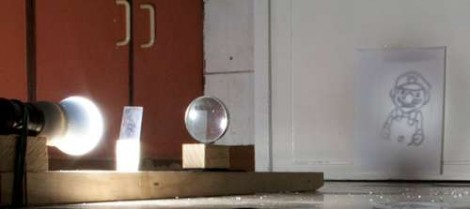
There’s a pretty good chance that you already have everything needed to make this image projector. We thought that yesterday’s video projector was simple, but this one makes it look like a super-computer in comparison. [Esrun] grabbed a flood light, some transparency film, and a common magnifying glass for use in his still-image project. This is more-or-less an overhead projector without the mirror, but we though it was worth sharing in hopes that it would spark your imagination and produce some other projector-oriented hacks.
The real tricks in this build are alignment and focal length. A single piece of lumber was used to help keep everything in a straight line, leaving just the vertical alignment to account for. In order to get the image in focus, [Esrun] had to do some testing for positioning the transparency film and the lens. In the end he added strips of velcro to the base to make the components easy to move. He plans to add an enclosure and change from an incandescent bulb over to a set of LEDs. We’d like to see the addition of a carousel that can house multiple transparency sheets. That or a side-scrolling roll to give it more of a film-strip feel.

